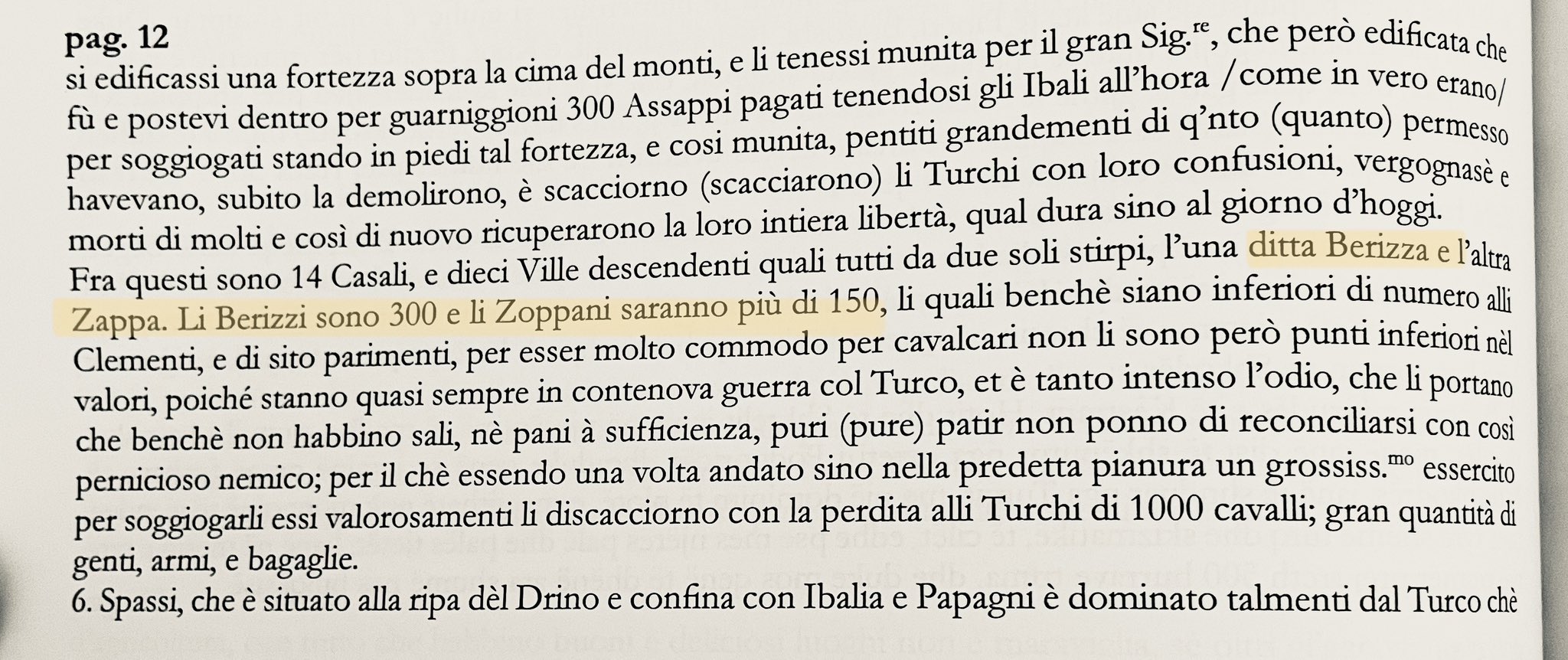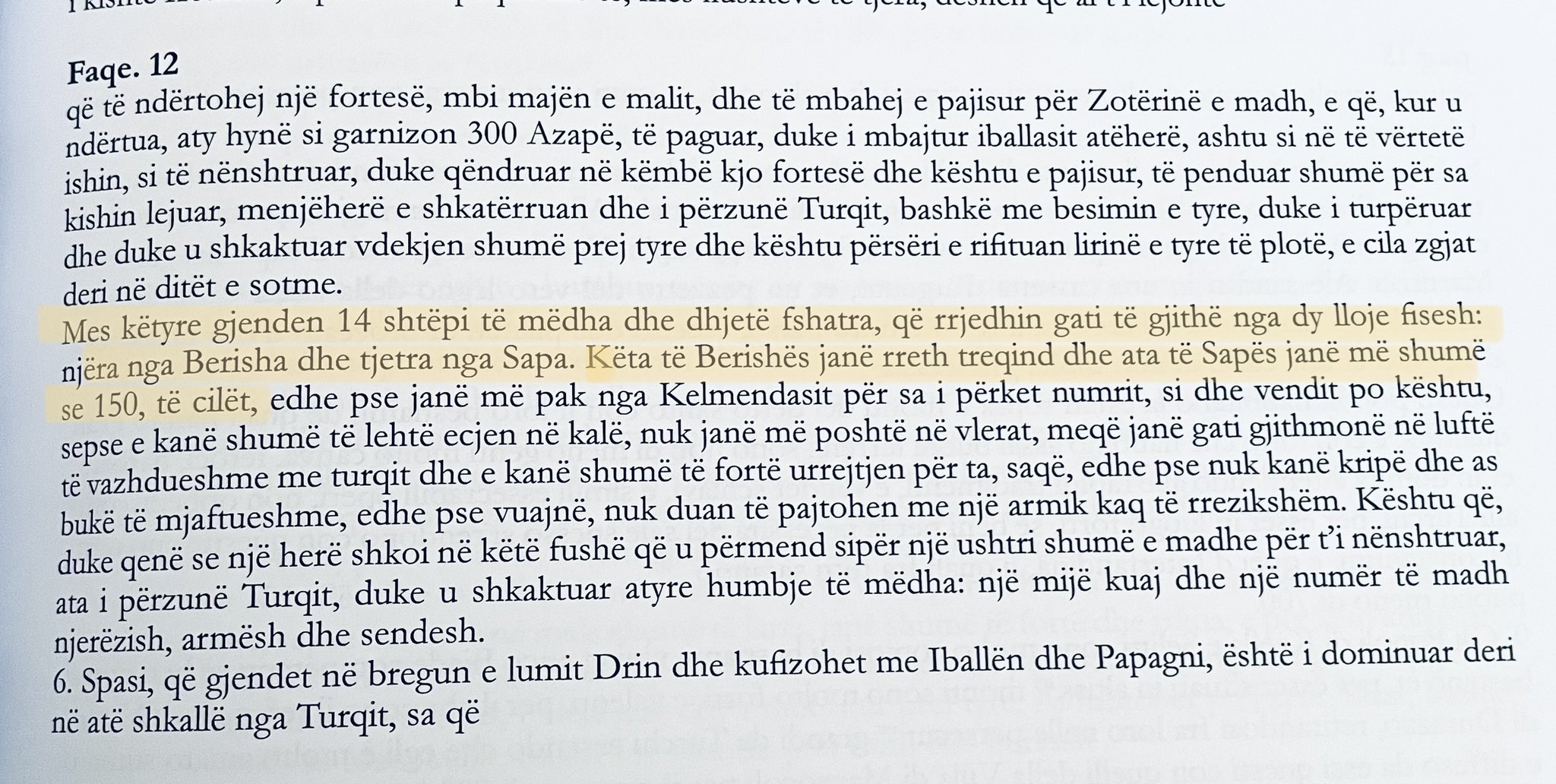Hawk
Regular Member
- Messages
- 2,290
- Reaction score
- 1,125
- Points
- 113
- Y-DNA haplogroup
- E-V13
@Hawk
The Ottoman era was brutal to the Albanian ethnos and I don't see how any Albanian tribe would have benefited from it.
I would actually be interested in a good layout regarding uniparentals of Albanians from the broader Nish region. They have had a great demographic impact in Kosovë.
Saying all Sopis would not be fair because from what i have seen in some parts of Kosovo and Albania there are still Catholics among them, moreover some guy shared this link.


Initially it's clear Sopi heavily resisted and hated the Ottomans, and they were successful resisting them, partially probably due to living in very isolated mountainous areas where Ottoman Cavalry was inefficient and hence 1000 of their horses fell to combined Berisha/Sopi battle.
But some branches of Sopi who lived/moved around Vranje/Nish/Toplic should have benefited from conversion, in Serbian records from Hadzi Vasileviq we have Gashi and Sopi as the most despised and dangerous Albanian groups over there. I don't know the whole demographics, but i am just trying to build an image from various official and non-official sources.
In Nish/Toplic/Vranje you had all kind of families which you had in Kosove, but i would say Sopi was far more frequent than in Kosove.



